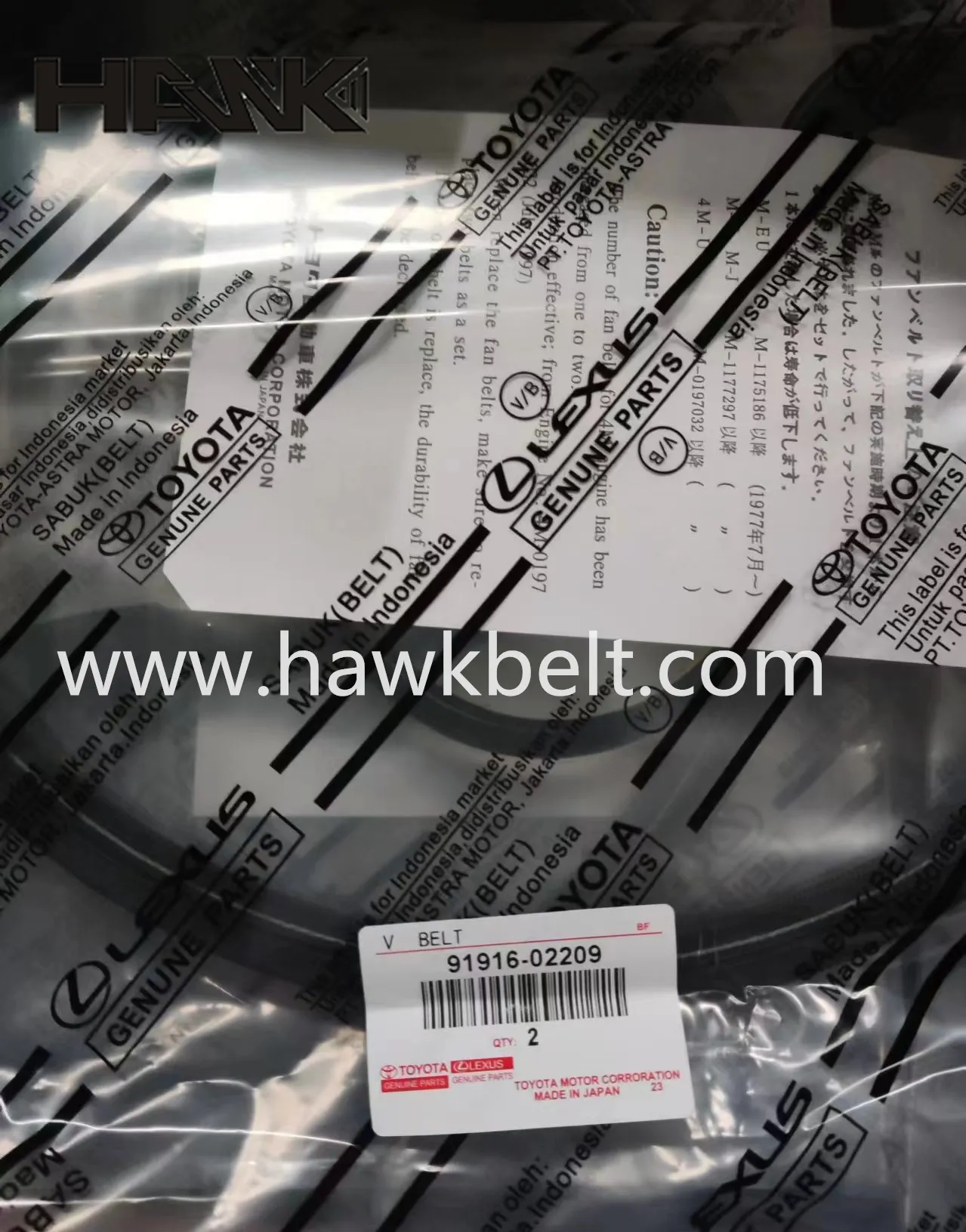- Arabic
- French
- Russian
- Spanish
- Portuguese
- Turkish
- Armenian
- English
- Albanian
- Amharic
- Azerbaijani
- Basque
- Belarusian
- Bengali
- Bosnian
- Bulgarian
- Catalan
- Cebuano
- Corsican
- Croatian
- Czech
- Danish
- Dutch
- Afrikaans
- Esperanto
- Estonian
- Finnish
- Frisian
- Galician
- Georgian
- German
- Greek
- Gujarati
- Haitian Creole
- hausa
- hawaiian
- Hebrew
- Hindi
- Miao
- Hungarian
- Icelandic
- igbo
- Indonesian
- irish
- Italian
- Japanese
- Javanese
- Kannada
- kazakh
- Khmer
- Rwandese
- Korean
- Kurdish
- Kyrgyz
- Lao
- Latin
- Latvian
- Lithuanian
- Luxembourgish
- Macedonian
- Malgashi
- Malay
- Malayalam
- Maltese
- Maori
- Marathi
- Mongolian
- Myanmar
- Nepali
- Norwegian
- Norwegian
- Occitan
- Pashto
- Persian
- Polish
- Punjabi
- Romanian
- Samoan
- Scottish Gaelic
- Serbian
- Sesotho
- Shona
- Sindhi
- Sinhala
- Slovak
- Slovenian
- Somali
- Sundanese
- Swahili
- Swedish
- Tagalog
- Tajik
- Tamil
- Tatar
- Telugu
- Thai
- Turkmen
- Ukrainian
- Urdu
- Uighur
- Uzbek
- Vietnamese
- Welsh
- Bantu
- Yiddish
- Yoruba
- Zulu
Сер . 30, 2024 05:05 Back to list
Mechanical Drives and Belting Solutions
Mechanical Drives and Belting The Backbone of Industrial Operations
Mechanical drives and belting systems have become integral components in various industrial operations, providing a seamless means of transferring power and motion from one part of machinery to another. These systems leverage the fundamental principles of mechanics to ensure efficiency, durability, and reliability in transforming energy into work.
At its core, a mechanical drive is a system that transmits power through mechanical means, typically involving rotating components such as gears, pulleys, and belts. One of the most common types of mechanical drive systems is the belt drive, which employs flexible belts made of materials like rubber, leather, or synthetic composites to connect two or more rotating shafts. The primary function of these belts is to facilitate the transfer of rotational energy, making them essential in applications ranging from automotive engines to heavy machinery.
The design and selection of belting are crucial for optimizing performance and ensuring the longevity of the drive system. Belts can vary in width, length, and type, including flat, V-shaped, and synchronous belts, each tailored for specific applications. V-belts, for example, are renowned for their ability to transmit greater amounts of power while minimizing the risk of slippage due to their wedged shape. In comparison, flat belts are more suited for high-speed applications where minimal friction and noise are important considerations.
mechanical drives and belting

One significant advantage of mechanical drives and belting systems is their ability to dampen vibrations and absorb shock loads. This characteristic is particularly valuable in heavy-duty applications where abrupt changes in load conditions are common. By effectively managing these forces, belting systems not only protect machinery from wear and tear but also contribute to smoother operation and increased productivity.
Another critical aspect of belting systems is maintenance. Regular inspections, tension adjustments, and replacement of worn belts are crucial to prevent unexpected breakdowns and ensure optimal performance. The longevity of a belt drive can be influenced by several factors, including operating conditions, load, and the environment in which the machinery operates. Factors such as temperature fluctuations, exposure to chemicals, and humidity levels can lead to premature wear, underscoring the importance of proper maintenance protocols.
In recent years, advancements in materials science have led to the development of high-performance belts that offer enhanced durability and efficiency. Innovations such as thermoplastic polyurethane (TPU) belts and Kevlar-reinforced options provide significant improvements in load-bearing capabilities and resistance to wear. These advancements are shaping the future of mechanical drives and belting, allowing industries to adopt more sustainable and efficient practices.
In conclusion, mechanical drives and belting systems are critical components of modern industrial machinery. Their ability to effectively transfer power while managing stress and vibration makes them indispensable in a wide range of applications. With ongoing advancements in materials and designs, the field of mechanical drives and belting is set to evolve further, driving improvements in reliability, efficiency, and environmental sustainability across industries. As industries continue to adopt more automated and sophisticated technologies, the role of mechanical drives and belting will remain central to achieving operational excellence.
-
Korean Auto Parts Timing Belt 24312-37500 For Hyundai/Kia
NewsMar.07,2025
-
7PK2300 90916-T2024 RIBBED BELT POLY V BELT PK BELT
NewsMar.07,2025
-
Chinese Auto Belt Factory 310-2M-22 For BMW/Mercedes-Benz
NewsMar.07,2025
-
Chinese Auto Belt Factory 310-2M-22 For BMW/Mercedes-Benz
NewsMar.07,2025
-
90916-02660 PK Belt 6PK1680 For Toyota
NewsMar.07,2025
-
drive belt serpentine belt
NewsMar.07,2025

